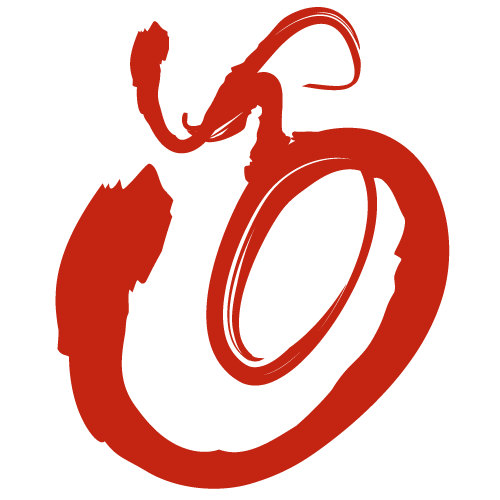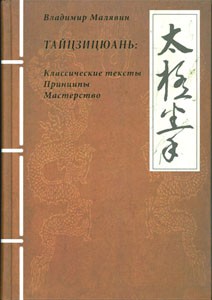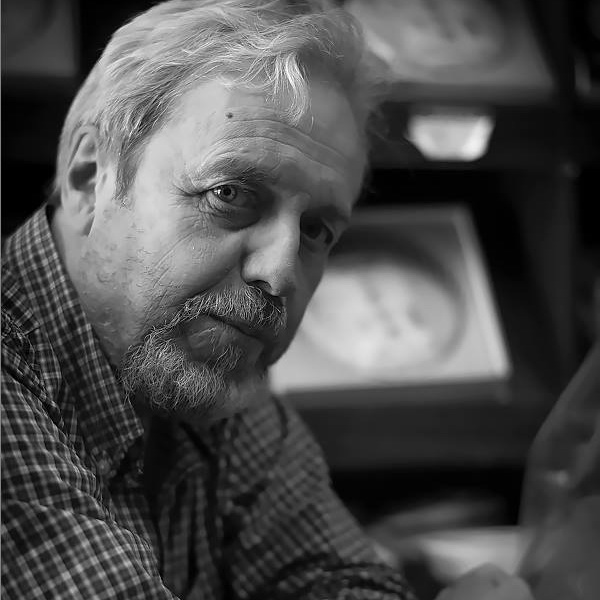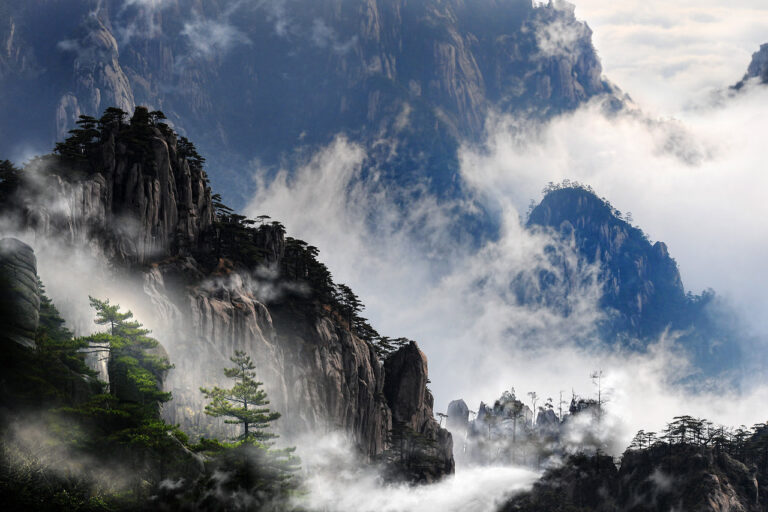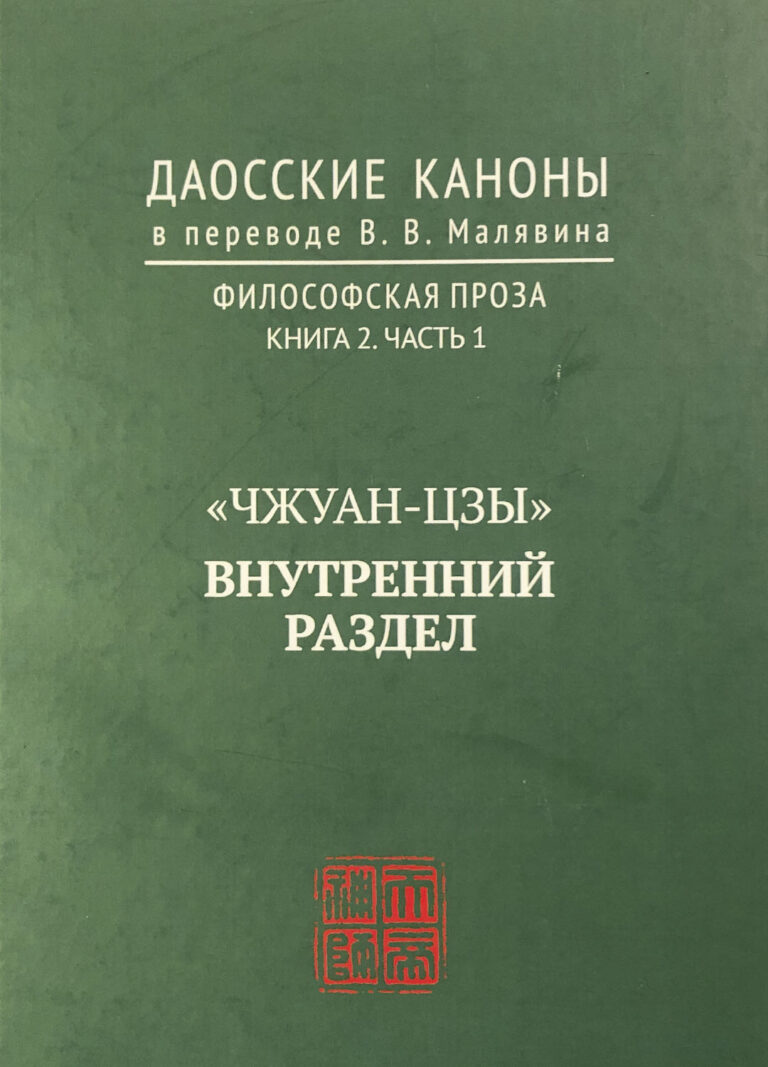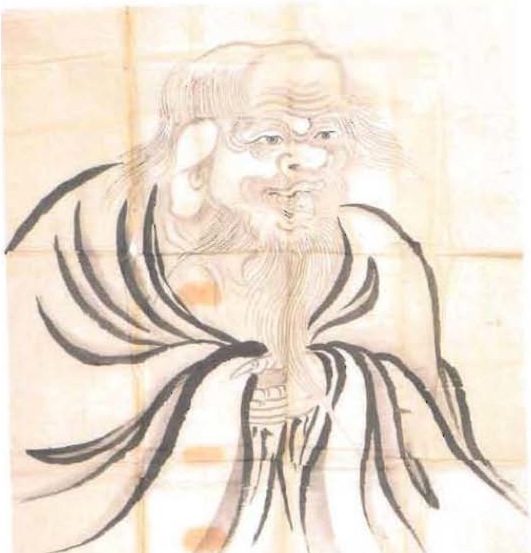HARMONY AND BEYOND
a crystal-clear message of perfect harmony – that “hidden harmony”, which, as already Heraclitus knew, “is stronger than the manifested one”.
Chinese tradition admits continuity between conventional human music and “the music of Nature”, even between sounds and silence. The music of the world – simultaneously human and celestial – possesses great edifying value as long as it embodies, or rather releases, the creative, and fully immanent, power of life: the “being self-so” of all things. The story of the “the flute of Heaven” in the 2nd chapter of “Zhuang-zi” provides a good illustration: it is the Voice in all voices, an original and singular quality of existence revealed through the transformation of things in the void of “in-betweenness” of everything. Once again, we must admit that supreme harmony in Chinese thought coincides with the pure presence of existence their common denominator being transformation as singularity. Of course, harmony can develop in degrees from being “small” to being “great” without interruption since it is the essence of the qualitative change.
In the perspective of similarity, things are as identical to each other as they are different. Consequently, similarity transcends the opposition between real and illusory, subjective and objective, peculiar and common. It is not a transcendental unity but an immanent commonality of existence in both senses of this word: as a common ground of being, a co-presence of everything and something radically common, the most natural element of existence. Centeredness and commonality quite reasonably stand together in the title of Confucian canon Zhong Yong.
It is clear from what has been said above, that harmony transcends and precedes the world of entities – be it finite things or the void that permeates and embraces them. Yet this harmony is indistinguishable from thing’s individual voices, presumably because things must affirm their originality by transforming themselves into their voices, their qualitative being. In Chinese world order things and above all human beings are valuable to the extent they are involved in the universal transformation (for humans this means practicing self-cultivation and overcoming one’s egoistic Self). The nature of the absolute harmony is nothing but pure transformation at the edge of both matter and spirit as well as any essence. In practical terms, its most clear and precise expression is the classical saying of Taijiquan masters which consists of two parts. The first part is negative: “there is no hand in the hand”. The second part is affirmative and points at the universal nature of ongoing transformation: “the hand is in every place” (手无手, 处处是手). This is what “subtle principle” (miao li, 妙理) means.
This “subtle reasoning” is applied, of course, to the concept of unity as well. Chinese tradition extols the “great Oneness” (tai yi, 太一) whose greatness consists in precisely its capacity to overcome itself and slip into “non-one”. In this case, harmony is the outcome of the “following suit” of original, perpetually symbolic transformation whose most compelling manifestation in psychic life is the dynamism of primary phantasm. Phenomenologically it stands for the “return to the origin”, a Chinese version of eternal recurrence. This also serves as the basic endeavor of Chinese strategy formulated in the classical saying of “Sun-zi”: “last to depart, first to arrive” (后發先至). The reason is clear: the one who lives by the origin of things will be perpetually ahead of others.
The Chinese ontology of multiplicity described above affirms the continuity and mutual dependency of harmony and similarity in a kind of reciprocal or circular movement. This can serve as the structural model for relations between two main trends of Chinese intellectual tradition – Confucianism and Taoism – as well as the epistemological pattern of Chinese culture in general. It also has important implications for social practice and politics. The second part of this paper is dedicated to the consequences of harmony-similarity conceptual framework in the field of politics including international relations. The most appropriate name for this kind of politics is synergy.
The word synergy is widely used in contemporary natural and, though to a lesser degree, social sciences. Theories of “synergetic anthropology” or “civilizational synergy” have recently gained some popularity in Russia and elsewhere. Etymologically it means cooperation but it has acquired independency presumably because it refers to relations, which cannot be the object of reflection and regulation. Most often, it designates the spontaneous self-organization of various complex systems from microcosm to living organisms. Besides, synergy means the effect of complimentary relations that surpasses the sum total of forces comprising it.
Now my thesis is that synergy is the most efficient and fitting principle not only for social and political organization in China but also for the emerging of new meta-community global in scale but relying mostly on the legacy of East Asian civilizations.. Let me briefly present some arguments in favor of this thesis:
- Chinese philosophical tradition has nothing similar to formal logic and parallelism of
spirit and matter which form the basis of Western thought. Synergy is related not to essences or forms but to a certain space and correspondence: a space of the “world’s womb” that lets everything be through self-emptying or “self-dispersal”. What is real in the perspective of synergy is not essences and identities but similarity and correspondence. The primary factor is not forms and things but esthetical aura, an elusive in-betweenness of everything, a pause in rhythm, a point of the highest intensity in extreme calmness where everything is equally present and absent.
2. Synergy is related to the singularity point, which marks the presence of discrete
reality, the integrity of higher order. It is that place of intersection or mixture of things, which, according to the Chinese “Book of Changes” generates the life force (de, 德), the power of growth. In the meta-space of universal interpenetration all things are similar, but similarity is identical to itself only to the extent it is different from itself. In other words, similarity asserts itself through losing itself. It is a crack of Being carrying within itself the abyss of freedom, a temporality beyond duration: a matrix of all existence. It is the condition of the world, which is, as it were, hidden in itself (Zhuang-zi’s memorable idea[1]) and thus can only be similar to itself. This dialectic of similarity is closely related to the symbolism of ritual which is vitally important for Chinese tradition.
3. Synergy is based on the principle of “being so by itself” or rather it leads to the
fulfillment of this principle according to the classical formula “attune to thing[2] in Self-so” (ying wu zi ran, 应物自然). Reading this saying in the reversed order, we can say that Self-so being is the condition of universal correspondence and essentially represents infinite efficiency hidden in the finite action. It is not so much a fact but an affect (gan, 感), an event, an encompassing void of creative co-presence.
4. The real prototype of synergetic space is the living body, or what M. Merleau-Ponty
called corps vécu. The best testimony to this is the great significance of concepts zhong and he in Chinese medicine. Being both supreme integrity and pure expression, the living body is manifested in and through the multiplicity of so-called somatic points corresponding to the loci of singularity. In temporal perspective it represents a reciprocating movement within a sphere or double spiral bringing all tendencies to a state of “centeredness”. Always absent in itself, it is encompassing absence, the matrix of each and every existence, something similar to Merleau-Ponty’s concept of “flesh” as “thickness of the mediating environment without things”[3]. Moreover, this self-dispersing body is the locus of “subtle encounters” (miao hui, 妙会), mutual transformations of polarities (presence and absence, emptiness and fullness, visible and invisible etc .that release the immanent generating force of life. Precisely this modality of existence leads to spiritual enlightenment and liberation because it sets free from all oppositions and dualities: it allows to be oneself while being out of oneself. As an outstanding martial art master Wang Xiangzhai said, “without body you have nothing to practice upon while leaning on body you will be always missing the point”[4]. To put it differently, the limit of sensitivity amounts to oblivion of senses. Essentially, it is the relation of relying in non-relying and vice versa; it possesses a dimension of symbolic depth or internal hierarchy. In Western thought we find some vague analogies to it in Freudian concept of “leaning” (Anlehnung) in psychic life or a theory of Anaclisis suggested by C. Castoriadis[5].
Living body provides a perfect example of such “relation of no relation” which is more persuasive than any logical connection. Suffice is to remind an ancient Chinese proverb: “lips and teeth do not serve each other but when lips are taken away teeth get cold”. Both Confucianism and Taoism had specific terms related to this synergetic union, for instance “supporting humanness” (fu ren, 辅仁) or “supporting being self-so” (fu ziran,辅自然). “realigning with things” (weiwu, 委物), “gently welcoming things” (daiwu, 待物) etc. This “realigning” or “supporting” attitude is the principle of mutually liberating co-presence of all things.
One should not miss the moral dimension of synergy. The synergetic interdependence and interpenetration, the revelation of eternity in actuality and heightened sensitivity that accompanies it require the solid sense of responsibility for the whole world. Synergy cannot be realized without persistent search for inner uprightness of mind and action. Here lies the source of authority and the possibility of influencing others without resorting to compulsion and violence. As Confucius noted, people are willing to obey only those who are upright themselves. At the same time, synergy – through the act of self-dispersal and interpenetration – gives free
[1] “Hide the world within the world and you’ll have nothing to worry about”. Zhuang-zi, op.cit., P. 243.
[2] As contemporary martial arts master Yu Yongnian points out, the word «thing» here designates the ultimate reality, a sort of spiritualized materiality, the very essence of life. See: Yu Yongnian. Dachengquan (The Fist of Great Accomplishment). Taiyuan: Shanxi keji, 2011, P. 191-192. This is only to be expected, otherwise the concept of harmony would lack the ontological ground.
[3] Мерло-Понти, Морис. Феноменология восприятия. Санкт-Петербург: Ювента-Наука, 1999. С. 342.
[4] Yu Yongnian, op. cit., P. 330.
[5] Kastoriadis, Cornelius. The Imaginary Constitution of Society. Cambridge, Mass.: MIT Press. 1998, P. 281.
